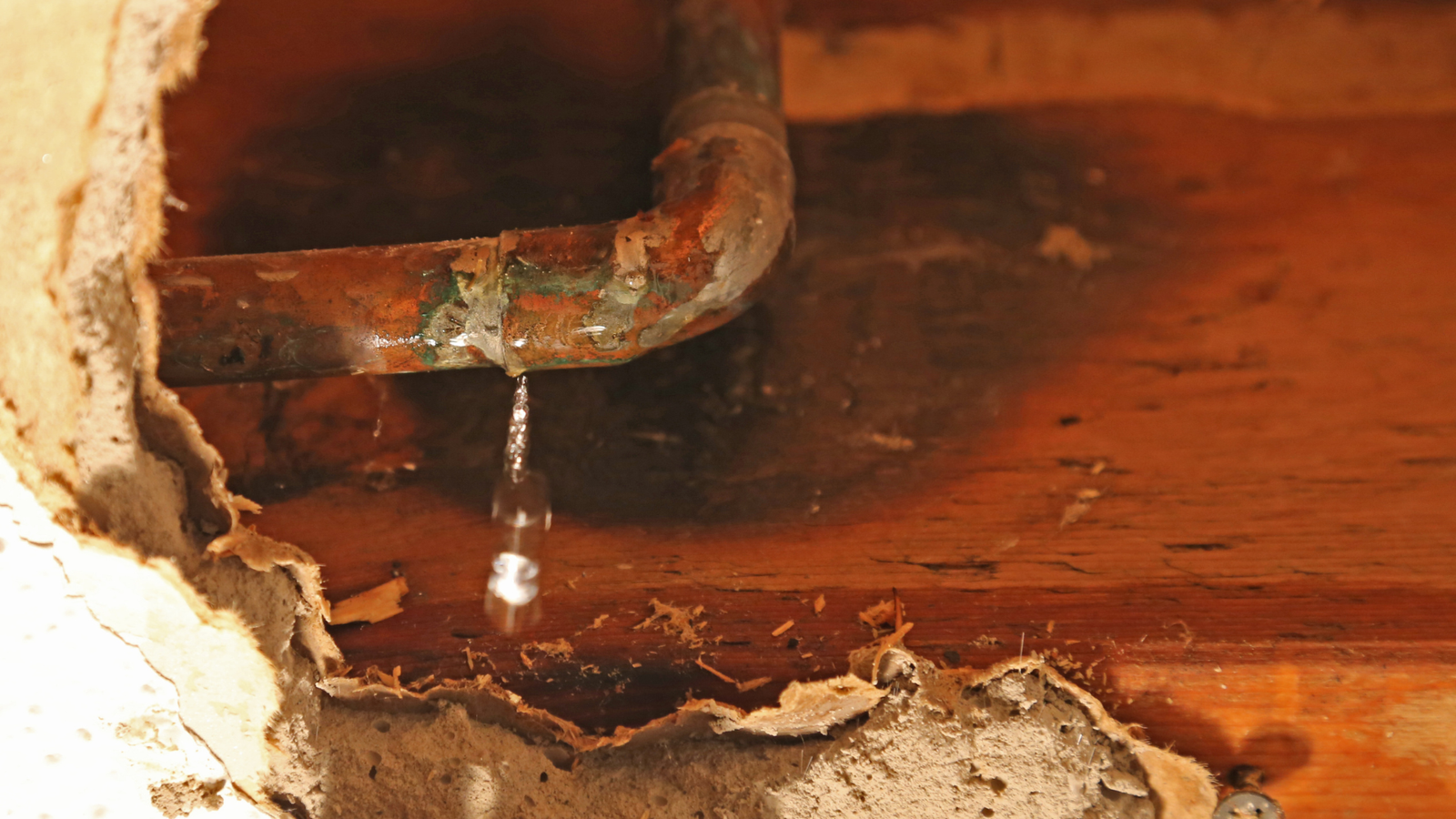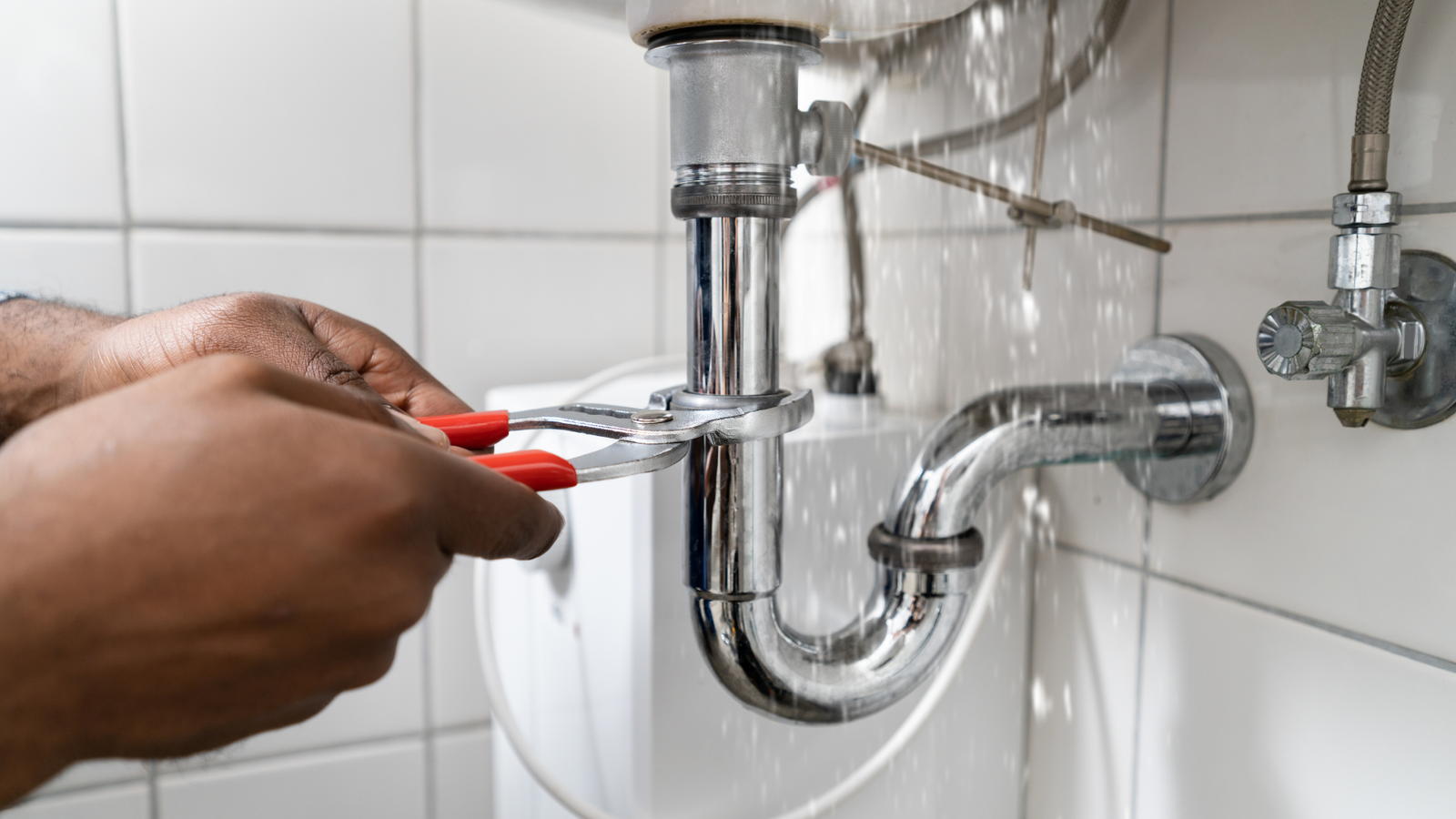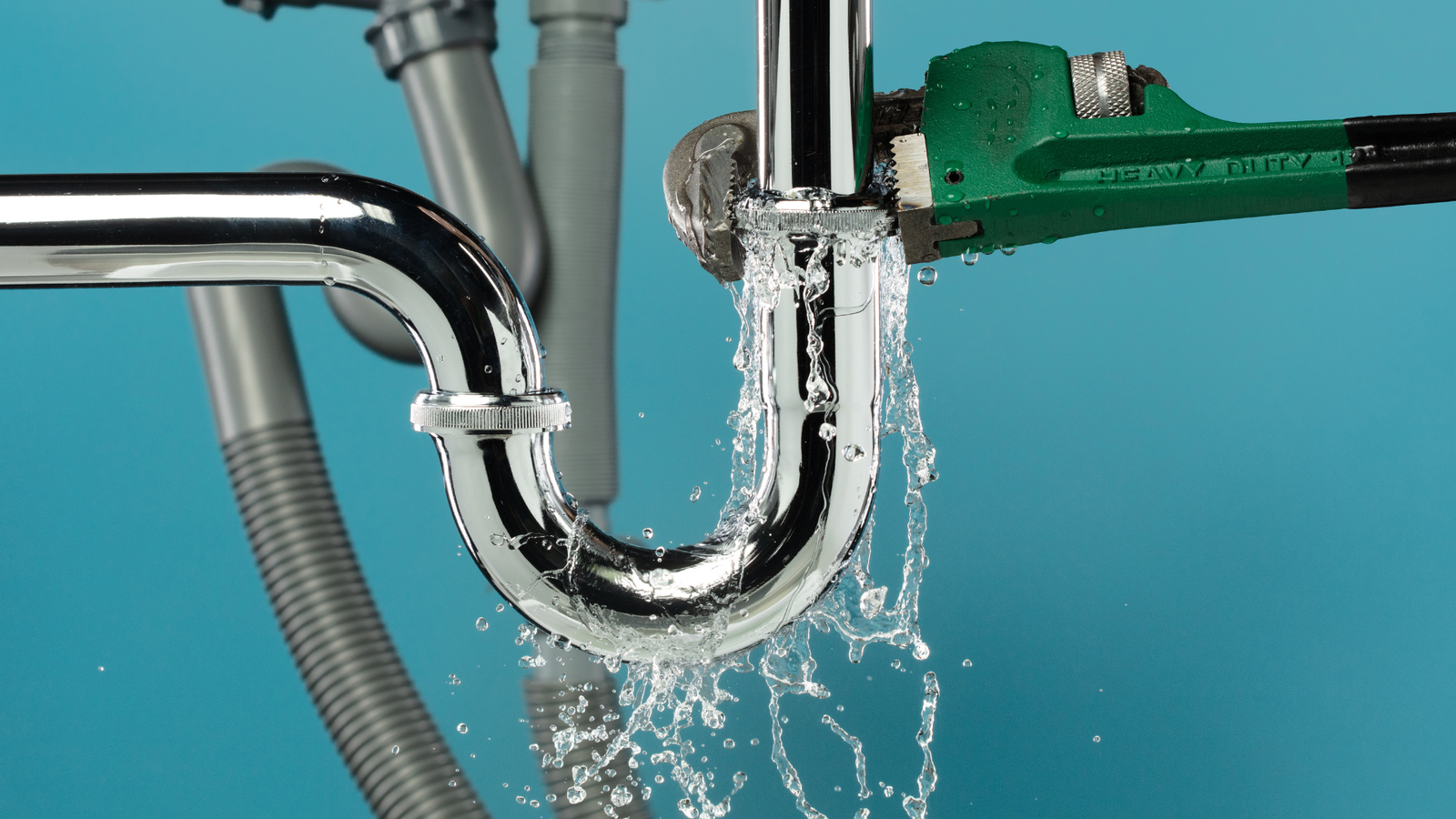Slab leaks are one of the most insidious plumbing problems a homeowner can face. Hidden beneath your home’s concrete foundation, these leaks can quietly cause significant damage if left unchecked. Understanding how slab leaks form is the first step in preventing costly repairs and protecting your property.
In this article, we’ll break down the primary factors that contribute to slab leaks, how to identify potential risks, and what homeowners can do to minimize damage.
What is a Slab Leak?
A slab leak occurs when water pipes under a concrete foundation develop leaks due to age, stress, or environmental factors. Unlike visible leaks inside your home, slab leaks are often hidden, making them difficult to detect until significant damage has occurred. Common signs include:
- Unexplained increases in your water bill
- Wet spots or water pooling on floors
- Warm areas on the floor due to hot water leaks
- Strange sounds like hissing or dripping beneath the floor
For a deeper dive into the dangers and warning signs of slab leaks, check out this detailed guide: What is a Slab Leak? Understanding the Hidden Dangers Beneath Your Home.
Common Causes of Slab Leaks
Several factors contribute to the formation of slab leaks. Knowing these causes can help homeowners identify potential risks early and take preventive measures. Here are the most common contributors:
1. Corrosion
Over time, pipes can deteriorate due to chemical reactions with water or soil. Corrosion is especially prevalent in older homes where metal pipes like copper or galvanized steel were used.
- Water chemistry: High acidity or mineral content can accelerate pipe decay.
- Soil composition: Certain soils are more corrosive, particularly those with high salt content.
- Age of pipes: Older pipes naturally weaken over decades of use.
Corroded pipes often develop small pinhole leaks that worsen over time, eventually causing a slab leak.
2. Shifting Foundations
Minor movements in the ground beneath your home can exert pressure on buried pipes. This can occur due to:
- Soil settling: Natural compaction of soil after construction
- Earthquakes or tremors: Sudden shifts in the earth can stress pipes
- Water erosion: Continuous water flow under the foundation can wash away soil support
When the foundation shifts, even slightly, it can crack pipes, leading to leaks under the slab. These leaks can go unnoticed for months, causing structural damage and mold growth.
Learn more about protecting your home’s foundation from slab leaks here: Slab Leak Repair in San Diego: Protecting Your Home’s Foundation.
3. High Water Pressure
Excessive water pressure puts stress on your plumbing system. Pipes are designed to handle a certain amount of pressure, and when that threshold is exceeded, it can lead to:
- Small cracks forming over time
- Weak points at pipe joints
- Increased wear on older or corroded pipes
Many homeowners don’t realize that water pressure above 80 psi can significantly increase the risk of slab leaks. Installing a pressure regulator can help reduce stress on your plumbing system.
4. Poor Installation
Not all slab leaks are caused by age or environmental factors. Pipes that were improperly installed can be prone to early failure. Issues during installation may include:
- Incorrect pipe alignment causing stress points
- Poor-quality materials
- Insufficient insulation around pipes
- Inadequate sealing at joints
Even a minor installation flaw can lead to a leak under your foundation, especially when combined with water pressure or shifting soil.
Identifying the Risk Factors in Your Home
Knowing how slab leaks form is only half the battle. Homeowners can take proactive steps to identify potential risk factors before leaks become a serious problem:
- Inspect older pipes for signs of corrosion or rust
- Check your water pressure using a gauge; aim for 40–60 psi
- Monitor floors for unusual warmth, moisture, or sound
- Review your home’s foundation for cracks or shifting
Early detection of risks can save significant repair costs and prevent damage to your home.
Steps to Protect Your Home
While slab leaks can’t always be prevented, homeowners can take several steps to minimize damage and catch leaks early:
- Regular plumbing inspections – Schedule periodic checks to identify early signs of corrosion or stress.
- Install a water pressure regulator – Helps maintain safe water pressure and reduce pipe strain.
- Foundation monitoring – Keep an eye on cracks or uneven flooring that may indicate shifting foundations.
- Prompt repair of minor leaks – Even small leaks under the slab can worsen quickly if ignored.
For professional help with slab leak issues, reach out to a local expert here: Contact Us.
The Importance of Early Detection
Slab leaks are dangerous because they often go unnoticed. A leak beneath your foundation can lead to:
- Structural damage
- Mold growth
- Increased water bills
- Long-term deterioration of floors and walls
Recognizing the causes—corrosion, shifting foundations, high water pressure, and poor installation—can help you take early action. With proper monitoring and timely repairs, you can prevent small issues from becoming major problems.
Conclusion
Understanding how slab leaks form is crucial for every homeowner. By learning the common causes—corrosion, shifting foundations, high water pressure, and poor installation—you can spot warning signs early and take steps to protect your home.
Slab leaks may be hidden, but their impact is far-reaching. Proactive inspection, monitoring, and prompt repair are key to minimizing damage and preserving the integrity of your foundation.
For more detailed information on slab leaks and how to protect your home, visit our comprehensive resources: What is a Slab Leak? and Slab Leak Repair in San Diego.





